Heading to the Adirondacks or other NY spot for April's eclipse? What you should know
The Mohawk Valley lies in the path of totality for the Great American Eclipse on April 8. Local municipalities will experience 99% visibility of the celestial event.
New Yorkers will have to wait another five and a half decades to view the next total eclipse in 2079.
“Whether you take a trip up north, or stay put, the sky will considerably dim,” said Associate Professor of Physics at Hamilton College Adam Lark.
Public safety, protecting resources
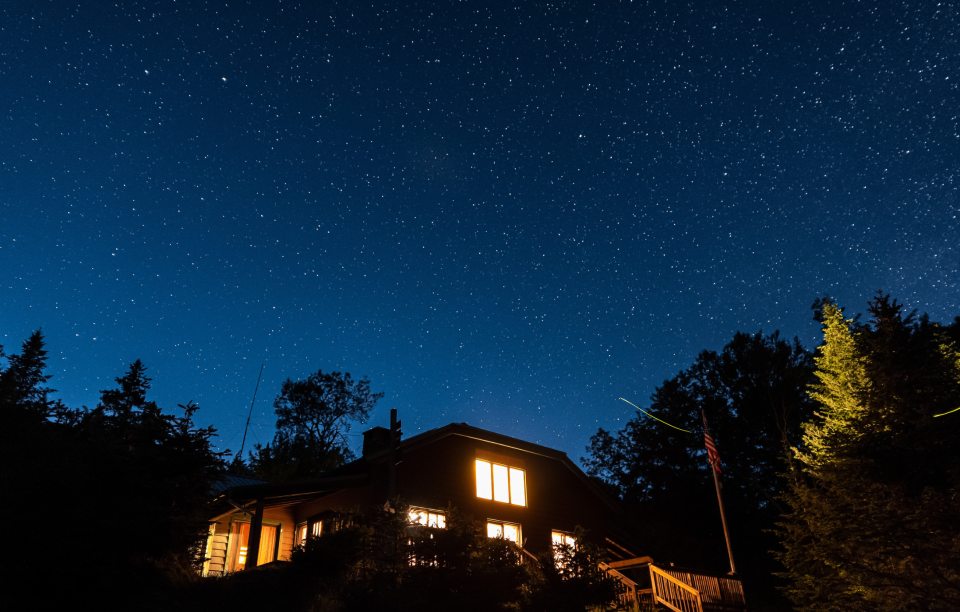
The New York State Department of Environmental Conservation (DEC) advertised the Adirondack Park and the Finger Lakes region as optimal sites for viewing the eclipse. According to DEC officials their primary concerns for the event are public safety and the protection of natural resources.
DEC Commissioner Basil Seggos noted the rarity of the eclipse.
“This unique event will provide New Yorkers a front-row seat to one of the most captivating natural wonders on our planet," she said in a statement. "The DEC encourages those viewing the eclipse to do so safely, and to be respectful of others, and our shared environment, at all times.”
Regional conservation groups – such as the Adirondack Mountain Club, Adirondack Council, and the Finger Lakes Trail Conference (FLTC), fear the environmental impact to occur if hikers aren’t advised what trails to take.
Each organization has offered tips on how to best enjoy the eclipse, while treading lightly.
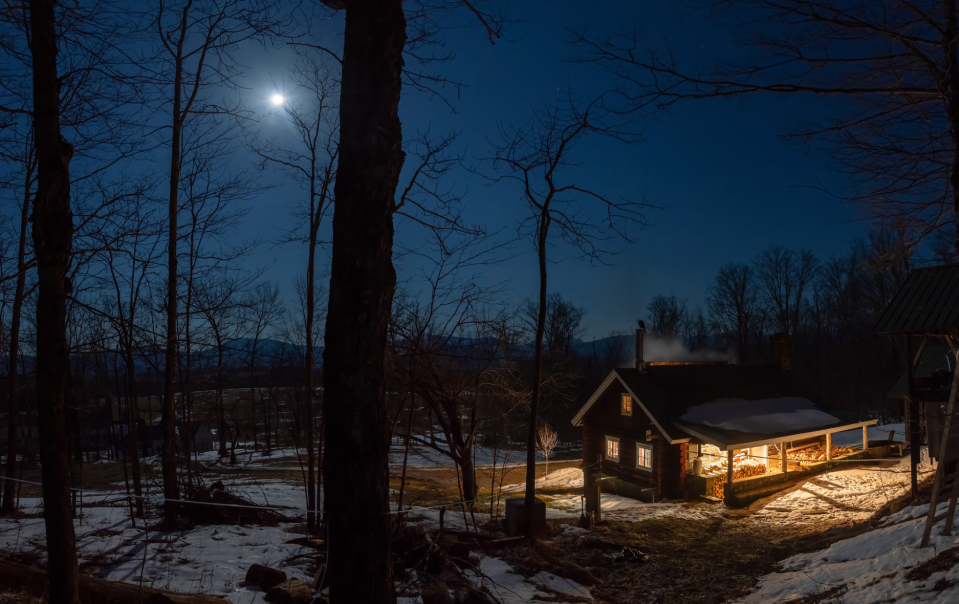
About the eclipse
Locals gathered on Oct. 14 at Hamilton College’s Peters Observatory to observe the last annual solar eclipse, known as the "ring of fire.” The name comes from the phenomenon at play, where the moon partially blocks the sun and emits a circular glow.
Adam Lark, Director of the Observatory, recalled visitors eager to catch a glimpse of the halo effect yet not quite lucky enough.
“Only 20% of the moon was covered during the last eclipse,” said Lark. “This one will offer full coverage.”
The total solar eclipse on April 8 will be very clear, as the path of totality runs through Upstate New York.
A total solar eclipse happens when the moon passes between the sun and Earth, completely blocking the face of the sun, according to NASA officials. The sky will darken as if it were dawn or dusk.
In Utica, the eclipse will start at 2:10 p.m., move into a peak coverage of 99.4% at 3:24 p.m., then the region will observe dimness until 4:35 p.m., Lark said.
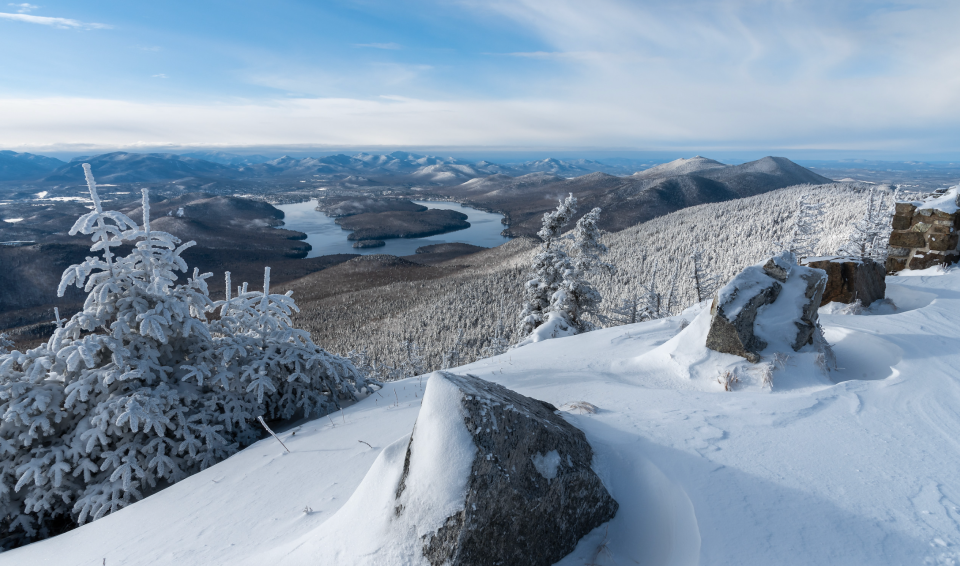
The impact of the eclipse and winter hiking in the Adirondacks
The state has prompted New Yorkers to flock north and observe the eclipse from the Adirondack Park or the Finger Lakes region. Adirondack Mountain Club Director of Communications, Benjamin Brosseau, fears that without proper education, large hiking groups in April could yield ecological repercussions.
The Adirondack Mountain Club has a team of summit stewards that research the park’s alpine zone – the region between the tree line and the snowline. Two years ago they conducted a study looking at the effects of climate change on high-altitude vegetation.
“The alpine zone depends on winter weather,” said Brousseau. “The vegetation includes tundra plants, remnants from the Ice Age, that rely on snow packs. As we experience warmer winters, with less snow, our stewards fear what may happen to the alpine ecosystem.”
As a result of thinning snow packs, New York's alpine zone has become increasingly susceptible to damage caused by winter hikers, said Brosseau. Without the cushion of snow, he warned that microspikes, on the bottom of snowshoes, could agitate the vegetation.
“We typically see a lot of trail-side erosion during the spring, when people veer off the paths to avoid the ice,” he explained. "Conditions this April will likely resemble a combination of mud and ice, as opposed to snow.”
2024's biggest astronomical events: Every eclipse, meteor shower and full moon all year
NY news: State gets $228M for better internet access for thousands of homes. Where will work happen?
DEC Assistant Public Information Officer Todd J. Pignataro also noted the anticipated trail conditions for the eclipse.
“April marks the end of winter and the beginning of mud season, making backcountry conditions extremely variable," he said. "Trails will likely be slick, which poses a risk to the surrounding environment, one which is already prone to degradation.”
Adirondack Council Communications Associate Justin Levine noted there are plenty of alternative trails to experience.
“Any loss of soil at this point during this season would present as catastrophic to the rare plants that call the alpine zone their home," he said. "For this reason hikers should avoid all hikes above 2,500 feet in elevation.”
Where to go to watch the eclipse in the Adirondacks
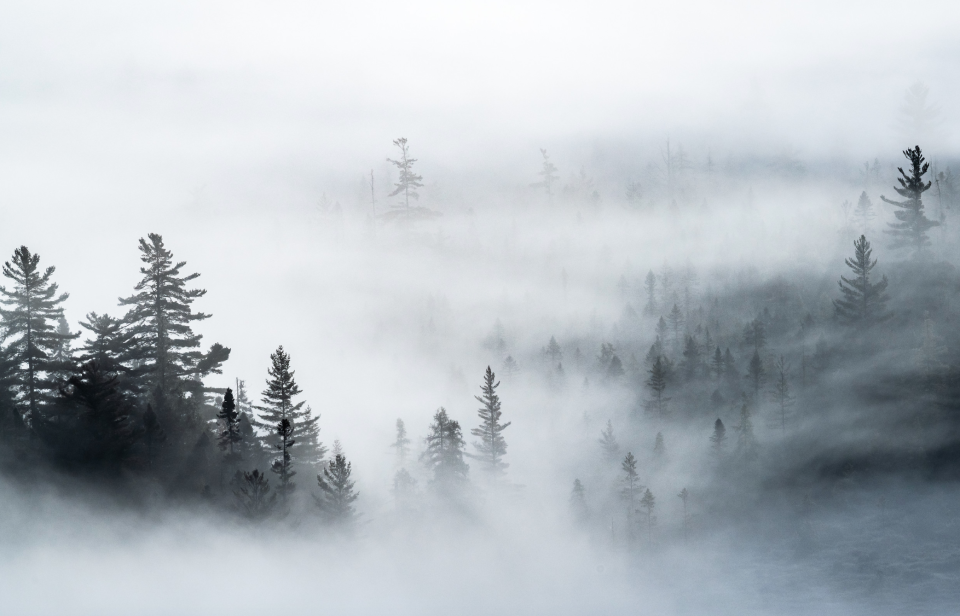
With alpine trails out of the question, Brosseau suggested scenic overlooks instead.
“The roads that run through the Adirondacks were designed with public viewsheds in mind,” he said. “If you drive to Indian Lake or Lake Abanakee you’ll find plenty of south-facing overlooks, with great views of the eclipse.”
Brosseau encouraged hikers to trek front country trails, like the Adirondack Rail Trail.
Adirondack Rail Trail Association (ARTA) Treasurer Lee Keet assured paths would be open for the eclipse.
“We can accommodate hundreds, if not thousands of visitors," Keet said. "The Rail Trail can be accessed from dozens of points between Lake Placid and Tupper Lake, all of which will feature great views of the eclipse.”
Eclipse and the Finger Lakes Trail
While the Finger Lakes Trail Conference (FLTC) has trails within the path of totality they aren’t promoting an on-trail experience for the eclipse. The tree canopy overhead would block the view, explained FLTC Associate of Communications Tim Holohan.
FLTC Office Manager Willa Powel confirmed their service center in Mount Morris will still be open to accommodate eclipse-goers. As will be the Mount Morris Dam Recreation Center and Letchworth State Park, she said.
Since the Mohawk Valley is promised 99% visibility, Professor Lark encouraged locals to stay put and enjoy the eclipse from their own backyard. He’s teamed up with local libraries to ensure they’ll have eclipse glasses and demos set up for the big day.
Know before you go for the 2024 eclipse
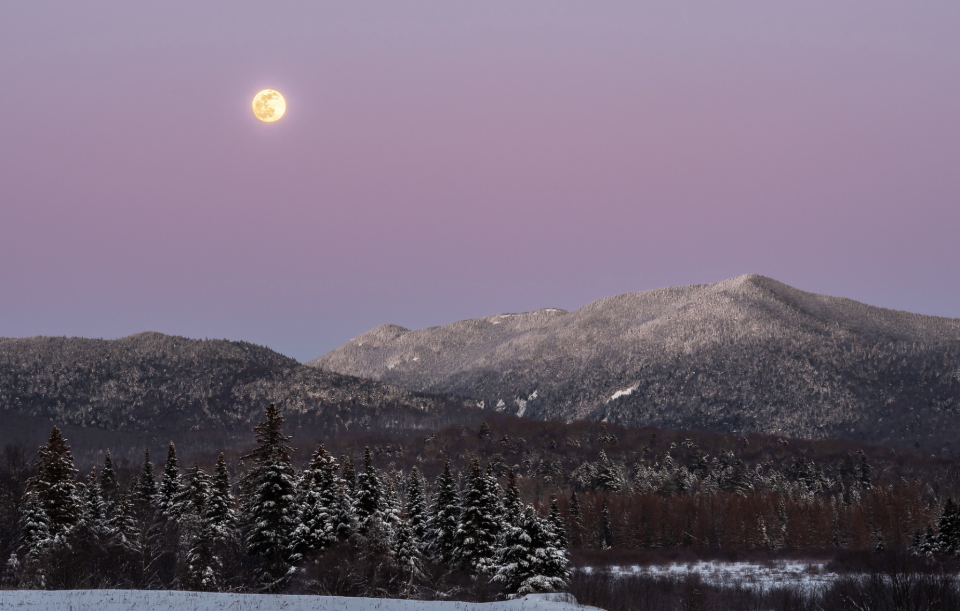
The DEC encourages all outdoor enthusiasts to follow the Hiker Responsibility Code, practice Leave No Trace principles, and avoid high-elevation trails, said officer Pignataro.
Those headed to State Forests or Forest Preserve lands for the eclipse must observe the following rules:
Groups of more than 20 people and those that wish to use state land for weddings, filmmaking, research, etc., must get a Temporary Revocable Permit (TRP) from a NYSDEC land manager.
In the High Peaks Wilderness area of the Adirondacks, maximum group sizes are 15 people for day trips and eight people for overnight stays. Permits to exceed these limits are not available.
Camping is prohibited within 150 feet of any road, trail, or body of water except at camping areas designated by NYSDEC.
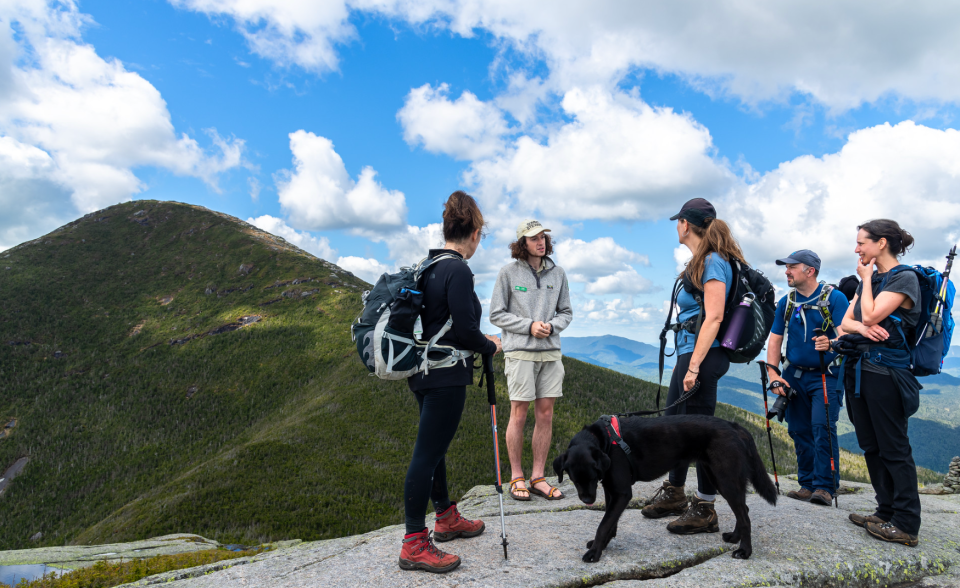
The DEC is studying the after-effects of the August 2017 eclipse to create a multi-agency task force with government partners to address anticipated issues, Pignataro explained.
On April 8 state employees will be stationed at popular trailheads to provide people with up-to-date trail information and help direct people toward activities that leave a light environmental impact.
ADK Council member Levine also urged guests to obey the proper hiking etiquette.
“If there is little to no snow coverage hikers are advised to stay off any dirt or plants and trek only on bare rock. If muddy spots are encountered the standard practice is to walk straight through, to avoid widening the trail and damaging the surrounding area.”
This article originally appeared on Observer-Dispatch: Total solar eclipse in 2024: Impact in NY, Adirondacks, High Peaks

